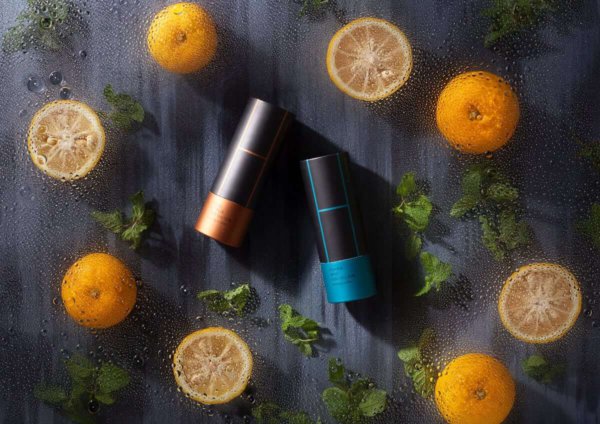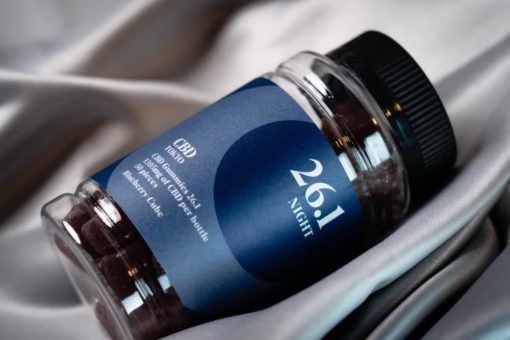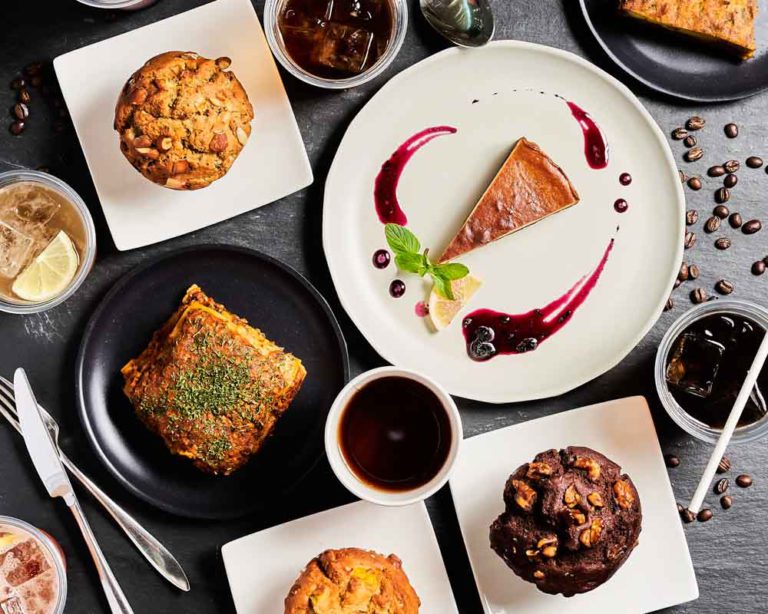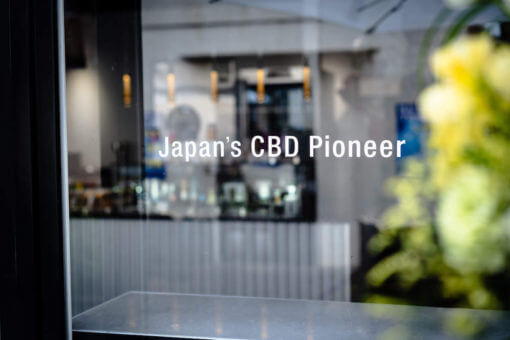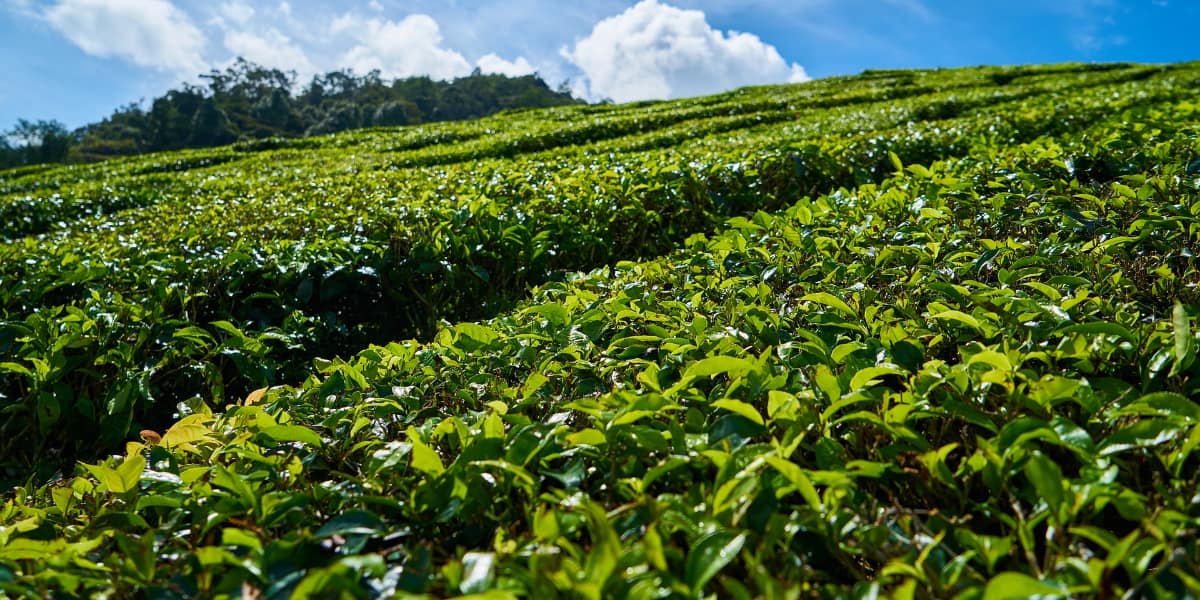Matcha
Cheap Matcha vs Expensive Matcha
Cheap matcha is everywhere, but is the money you are saving worth the loss in quality and benefits? The mystical powder that has been revered for centuries in Japan is now taking the world by storm. Matcha is showing up everywhere these days and the healthful properties it contains are no longer a secret.
It is well documented that pure matcha brings incredible health benefits to the table. It is loaded with antioxidants, can boost your metabolism, aid digestion and bring a calm alertness that no cup of coffee can yield just to name a few.
Like anything life, there is top shelf and low end and matcha is no different. Do a web search and you’ll no doubt find cheap matcha that in no time flat can be delivered to your door. Saving money is good, right? In the case of matcha, wrong! Let’s examine the how and why of cheap matcha vs expensive matcha and why saving money is a complete waste of money in the case of matcha.
WHAT REALLY DEFINES MATCHA?
To really understand the quantitative value of cheap matcha and premium matcha, let’s first look at what matcha is and how it is produced. To be considered matcha, only the young tender leaves of the first harvest of the Camellia sinensis species are chosen. Hand-picked in Japan, these leaves are handled in a series of meticulous and traditional Japanese methods including removal of veins and stems, drying and slow stone grinding to ensure the nutritional value of the matcha is preserved. The end result is a finely milled matcha that is then carefully packaged to preserve the peak of freshness. Because matcha is made from milling the entire leaf, buying pure organic matcha is ultra important to ensure your cup is free of pesticides and sprays.
Does all that special handling factor into the price? Most definitely. The methods employed in the production of true Japanese organic matcha are second to none. Do you really need to be concerned about all those special steps before matcha reaches you? If you are consuming matcha for the health benefits, knowing what went on before you opened that tin or bag of matcha should be the first step in your purchase.
WHAT IS IN CHEAP MATCHA MAY SHOCK YOU!
Cheap matcha can be had just about anywhere and matcha knock-offs abound not only online and on the shelf but also could be lurking in your local coffee house mug of matcha. Instead of sitting down with a cup of soothing healthful matcha you could possibly be downing nothing more than green colored powder that is loaded with sugar, stabilizers and milk products that will offer you nothing but a growing waistline. Also, some cheaper matcha brands have been found to contain the substance maltodextrin, which helps to increase volume and weight in packaging and comes with a host of health hazards from spiking blood sugar to suppressing the growth of the good probiotics in the gut.
Even worse, a recent Greenpeace study has shown many of the cheap matcha products are loaded with pesticides and/or lead, all extremely harmful to human health. It is no secret that many of the offenders in the testing have come from China where regulations are nowhere near those of Japan. Japan is much more strict when it comes to regulation and testing than China, the EU and the US so it seems obvious where you should be choosing your matcha from.
HOW TO RECOGNIZE CHEAP AND AUTHENTIC MATCHA
Learning to tell the difference between cheap matcha and the real thing is quite easy. Pure matcha will have a texture as fine as baby powder, be brilliant green and smell slightly sweet. Cheap matcha on the other hand will be dull in color with either a yellow or brown tinge to it, smell dusty or acidic and be more coarse in texture. The dull brownish color of cheap matcha indicates it contains stems and veins from leaves lower on the bush that have been included and/or fillers have been added.
Understanding the buying logic behind cheap matcha versus expensive matcha is just like comparing any other cheap or expensive food product. If you were shopping for kale or other healthy greens, would you buy the greens that were labelled “showered in pesticides and acid rain” but were cheaper? Probably not, particularly if you are buying kale as part of your healthy diet. Matcha is no different. Knowing the matcha you buy is authentic and going to provide the maximum health benefits not only makes sense from a health point of view, it also makes economic sense as well.
DO YOUR HOMEWORK!
When it comes to buying matcha, do your research. Read labels, understand what you are buying and where it is coming from. Find out what process was used to produce the matcha. Even the best matcha qualities can be altered and lose nutritional value very easily if production methods are sped up to boost quantity. Seek out the purest form of matcha available and reap the benefits that will go hand in hand with that quality. Expect to pay accordingly for that type of product. If it is cheap there is absolutely no way it is authentic nor will it provide any of the benefits real matcha provides and you could be doing yourself more harm than good. Once you’ve procured real matcha, sip with confidence knowing you’ve got the real deal.
WHERE CAN YOU FIND PURE ORGANIC MATCHA?
Japan’s most treasured pure organic matcha can be ordered here!
Custom ground within 2-3 days after ordering, this organic matcha ensures the highest quality available to the consumer with the maximum nutritional value intact.


